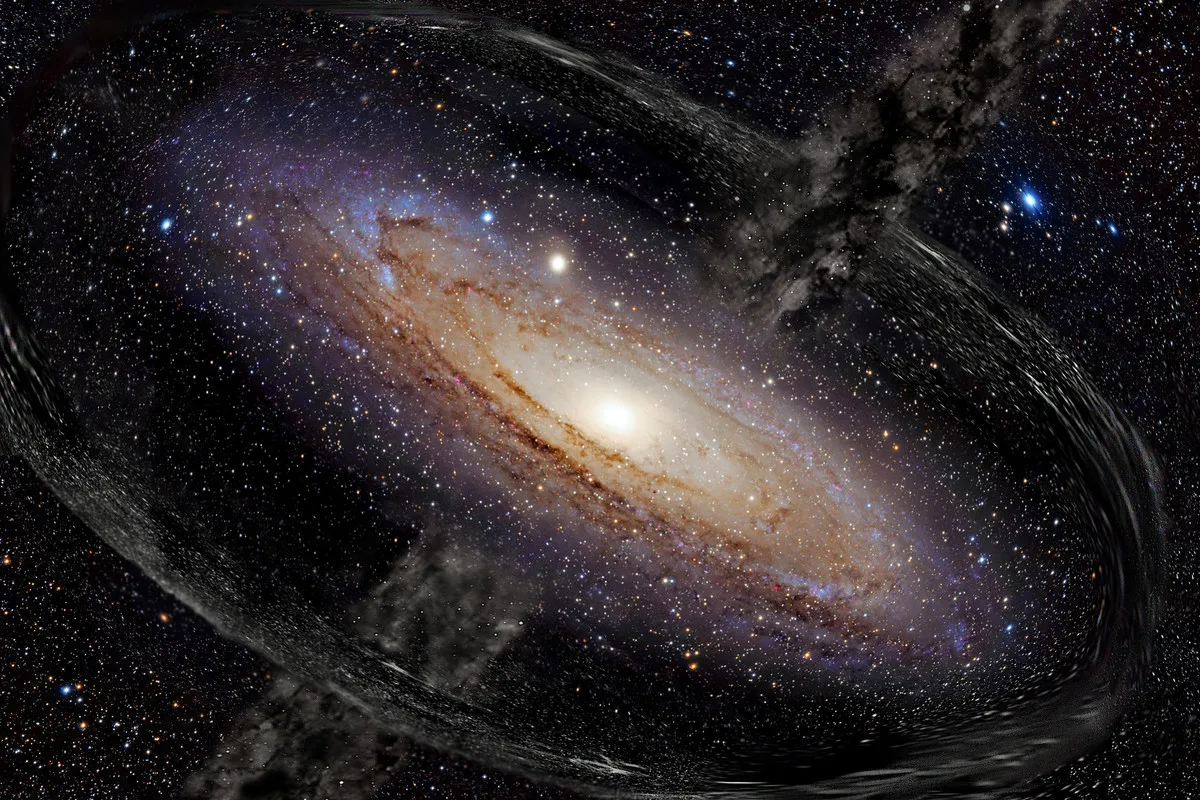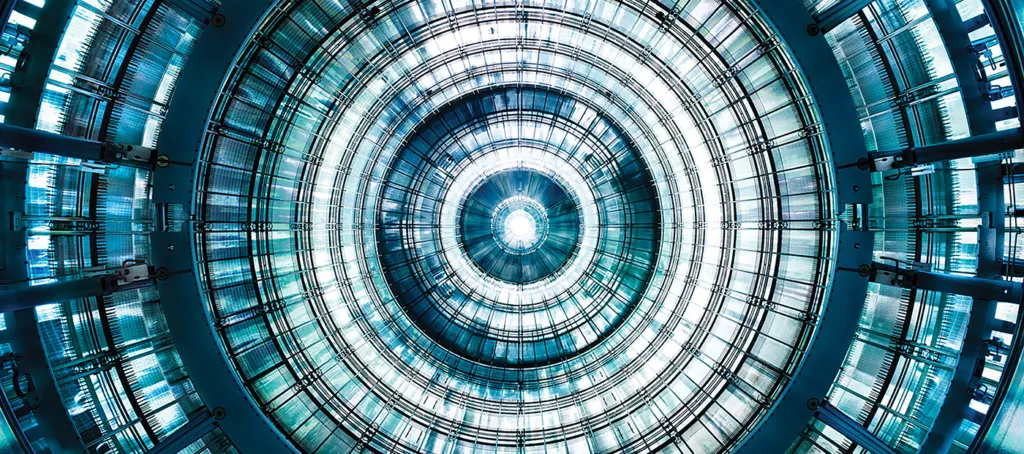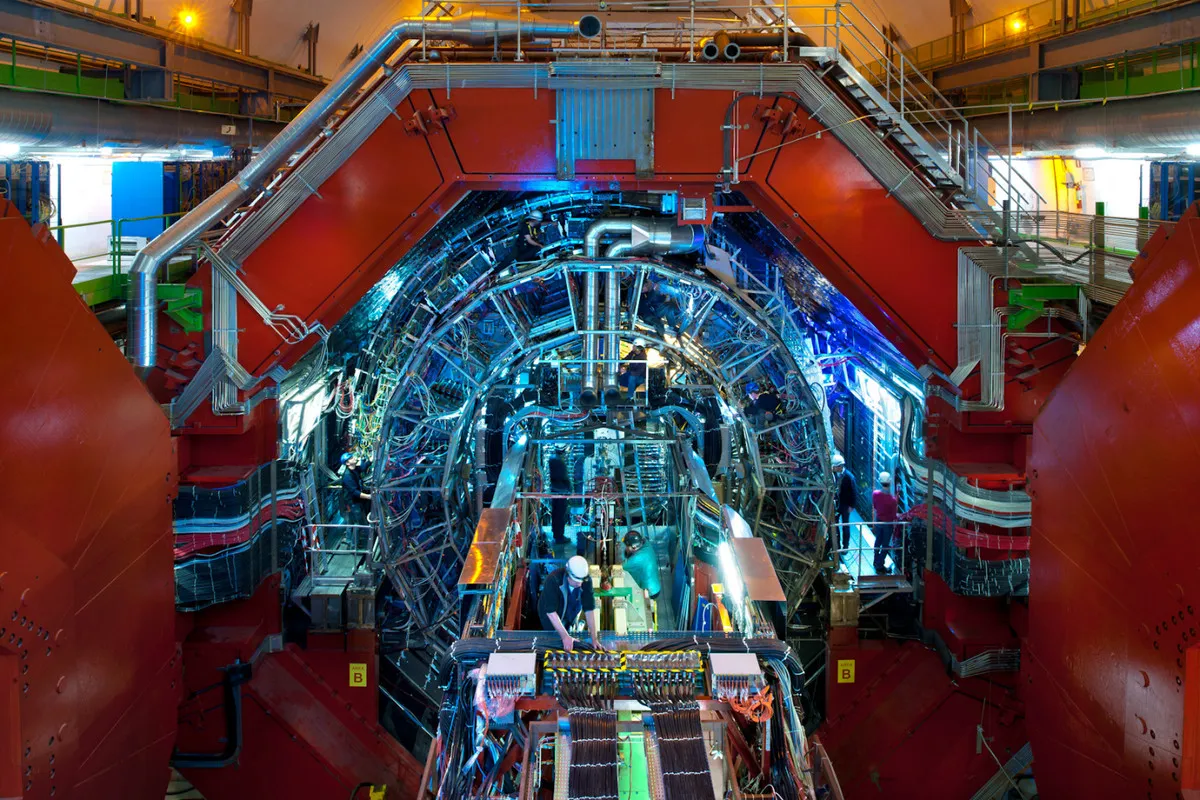It is now a few weeks that I consider the idea of building a community-based participatory research project on Hive. I hesitated a lot before mentioning this, mainly because I was wondering whether such a project could simply work. The idea may indeed sound a bit too crazy to be taken seriously. I however had the chance to discuss it with several authors who regularly pass by my blogs during the last couple of weeks, and I was finally convinced that it may be worthy to bring the full thing a bit more forward.
In contrast to my usual write-ups, I won’t discuss any hot topic in particle physics or any news from my own research today. I will instead detail what I have in mind with a citizen science project on Hive. I will try to convey why I believe that such an idea has a chance to work, for which reasons it may lead to a very nice precedent for our ecosystem and how it could be a very funny experience to run.
Please do not hesitate to give your inputs to the discussion. I definitely value every single opinion, and I will answer as best as I can to any question on it. I am ready to move forward and giving the full thing a try. However, this will happen only if there is an interest from the community. Participating community members are indeed required in order for a community-based participatory research project to have a chance of success.

[Credits: Maxwell Hamilton (CC BY 2.0)]
Origins of the idea and why it could work
The idea and the desire to build a citizen science project on Hive is not new to me. A few years ago, at the time Utopian existed, I have tried to gather community members to help in designing a new (open source) package that could be useful for high-energy physicists. Whereas this project had started well and involved a small team of 4-5 people, it faded out and ended nowhere. The main reason is that I underestimated by a huge factor the time it required from the participants. In addition, quantum field theory concepts were also important, although the project didn’t move enough to get where this would start to matter.
So I failed. Therefore, why coming back to this again now?
The reason is that things have evolved a bit since 2019. In particular, 2 months ago two extremely motivated bachelor students started to work with me on a dark matter project for a few hours per week. They had no background in particle physics and quantum field theory, and they knew only a little about modern physics. Somewhat, they had a not-too-different knowledge of particle physics as most Hive community members. I knew this fact, and I designed their bachelor project by accounting for it.

[Credits: geralt (pixabay)]
After two months of hard work, they started to produce very interesting results. This was achieved by using dedicated tools, and this without knowing that much about the inner details inside these tools (i.e. where quantum field theory hid). In other words, they managed to take part to a scientific project without knowing much about the topic initially. In passing, it is worth mentioning that they used my Hive blogs as a source of information for getting insights about the scientific background relative to their internship.
From this pleasant surprise, I have started to consider proposing something similar to be run on Hive, provided (some) community members are interested in it and have the time. If it worked with my two students, I would like to believe that it could work with anyone who has the motivation and a few hours per week of free time.
Projet details, outcome and requirements
In some of my recents blogs, I discussed neutrino physics quite extensively. In a general introduction, I explained why we know today that the three neutrinos of the Standard Model are massive and mix with each other during their propagation. In a second blog, I detailed how collaborators and I proposed to corner those neutrino mass and mixing parameters in a novel way at CERN’s Large Hadron Collider and its potential successor. The cool novelty of our approach is that we used neutrinoless probes.
In our scientific publication, we demonstrated (for the sake of the proof of concept) that signals containing either two muons or two antimuons could be used to improve the sensitivity of existing and future particle colliders to neutrinos. Despite that we knew that there existed similar channels with two electrons, two positrons, one muon and one electron, etc., we didn’t take the time to study them. Many variations of the original signal hence exist, and their relevance is uncharted territories. This is what I propose to study together on Hive, within the presently proposed community-based participatory research project.
The project includes simulations of the background of the Standard Model relevant for the physics signature considered, as well as simulations of various neutrinoless neutrino signals. Those simulations include high levels of automation, so that there is no need to know much about particle physics to run them on regular computers. For instance, my son managed to simulate the production of 10,000 Higgs boson on my laptop when he was six. I said ‘easy’, didn’t I?
After having achieved those simulations, we will design an analysis to see how the signals considered could be extracted from the overwhelming backgrounds of the Standard Model. Here again, no worries. Very automatic packages exist, so that there is no need to know much about programming. I have unfortunately not yet written any blog about those. This will come in due time.
To make it short, I plan to conduct a novel study of neutrino mass models at the Large Hadron Collider and its successor. With the help of interested community members, we plan to simulate signals and backgrounds of the Standard Model, and design a collider analysis with a good signal-background separation power.

[Credits: KATRIN]
The results will be included in a scientific publication to be submitted to a top-class peer-reviewed journal in particle physics (with the participants to the project as authors). Getting to this stage would be amazing not only to show how non-scientific actors could contribute to state-of-the-art scientific research in particle physics, but also how the Hive ecosystem (and STEMsocial in particular) could provide a thriving atmosphere for citizen science projects. However, there is a long way to go before reaching this point, and for now I only want to be convinced that it is worth starting the whole thing.
This project will require a very important time investment from my side (as for any student who I decide to supervise). I would however be very motivated to drive it, not only for its impact but also for all the associated fun that could emerge from it. After all, I joined Hive many years ago with the purpose of finding a home from where I could share news and knowledge about particle physics with the general audience. This really fits in!
Assuming we move forward, participants will be welcomed to share their progress within the STEMsocial community, which will support their involvement as much as it can. In this way, we could use the chain as a kind of ‘laboratory log book’, although there is not really any laboratory experiment being run here.
Finally, there is not much needed in order to participate to this project, expect for a few hours of time per week and a computer that is not too old. For anything else, I will be there to help and guide.

[Credits: CERN]
TLDR - citizen science particle physics research on Hive
With this blog I propose the idea of building an entire particle physics research project on Hive, to be run together with interested community members. I would like to study neutrino mass models at particle colliders through a new channel, simulate associated signals and backgrounds, and design an analysis assessing the sensitivity of present and future machines to the signal.
Earlier this year, I found out that bachelor students with a similar background in particle physics as most people around here managed to produce interesting results in two months of time. I am therefore convinced that running a community-based particle physics project on Hive could be a success, with beyond-the-state-of-the-art research results to be shared through a dedicated scientific publication. I believe that this would moreover consist of a nice proof of concept for conducting community-based participatory research actions on chain, and be a cool precedent for the Hive ecosystem as a whole.
Of course, we are not there yet. For now I only would like to assess whether it would be worthy to start the whole thing. I hence would like to know whether some community members would be interested in trying this out. There is indeed no way to run a community project without community members that participate to it!
I am obviously available for questions and comments. Please do not hesitate to provide your inputs, raise your concerns or confirm your potential participation.
Have a good week!